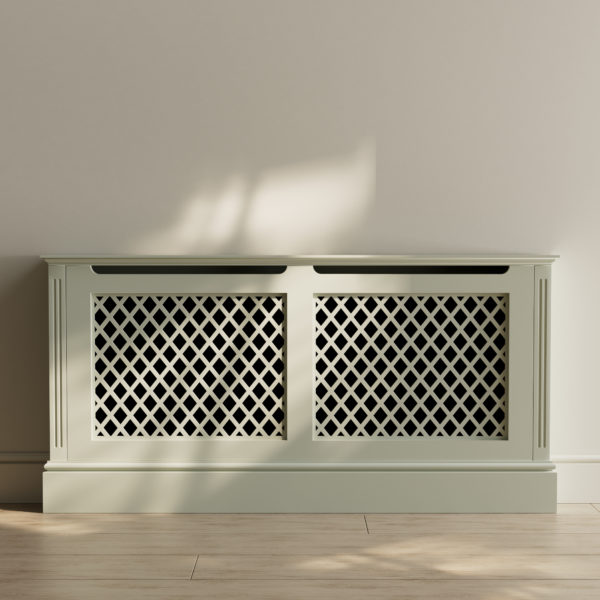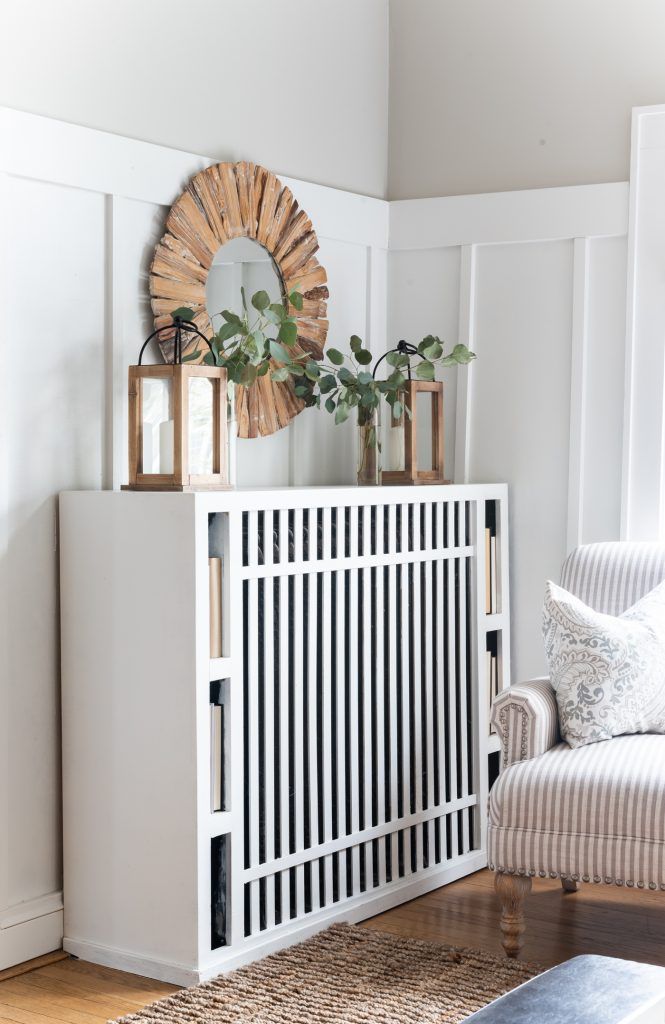Radiator Cover Ideas to Boost Your Interior Design
Radiator Cover Ideas to Boost Your Interior Design
Blog Article
Radiator Covers: Understanding Products, Styles, and Advantages
Radiator covers offer both functional and visual purposes within a home, supplying a variety of products such as mdf, wood, and steel to suit different design choices. Choosing the appropriate radiator cover involves recognizing the nuances of materials, styles, and their associated advantages.
Kinds Of Materials


Wooden covers, usually crafted from hardwoods such as oak or maple, give a classic, cozy look that complements conventional insides. Their sturdiness and capacity to be stained or painted add to their versatility. Metal covers, typically made from steel or aluminum, are preferred for their robustness and contemporary appearance, frequently featuring streamlined lines that boost contemporary areas.
MDF, a produced timber product, is prominent for its cost-effectiveness and convenience of modification. It can be painted or completed to match existing decoration while supplying a smooth surface. Plastic covers, while less typical, are immune and light-weight to moisture, making them appropriate for humid settings.
Ultimately, the option of product for a radiator cover need to straighten with the homeowner's style preferences, functional requirements, and the certain atmosphere where the cover will certainly be set up. Each material offers a distinctive personality, making certain that there is an option to match every preference and setup.
Popular Design Styles
Emphasizing visual allure, popular layout styles for radiator covers mirror a series of preferences and interior decoration fads. Standard layouts typically include intricate woodwork and ornate detailing, making them appropriate for vintage-inspired or classic interiors. These covers normally include sculpted aspects, providing a warm and inviting feeling to any type of room.
In comparison, contemporary layouts concentrate on minimalist aesthetic appeals, identified by tidy lines and underrated style. Materials such as steel or smooth timber with a smooth coating are commonly made use of, permitting these covers to blend seamlessly right into contemporary rooms. Industrial styles, on the other hand, accept basic materials like subjected metal and concrete, including a bold statement to loft or city setups.
For those seeking an unique touch, bespoke layouts provide customization options that deal with private preferences, making it possible for property owners to choose colors, patterns, and materials that complement their style. Furthermore, farmhouse-style covers integrate rustic aspects, featuring troubled timber and simple forms that evoke a comfortable, nation charm.
Advantages of Radiator Covers
Radiator covers not just boost the aesthetic allure of a room yet also provide numerous functional advantages that make them a worthwhile addition to any type of home. One of the main benefits is safety and security, especially in houses with pet dogs or children. Covers decrease the threat of burns from hot radiator surface areas, making sure a much safer environment.
Additionally, radiator covers can improve energy efficiency. By guiding warm into the space rather than permitting it to get away, they assist maintain a consistent temperature level, decreasing heating costs in time. This is especially beneficial in older homes where radiator systems may be much less efficient.
Another remarkable benefit is sound decrease. Radiators can occasionally create undesirable sounds during operation, and covers can aid smother these noises, adding to an extra tranquil home. Radiator covers can be practical, providing added storage space or display area, thereby making best use of the utility of often-overlooked locations.
Last but not least, they dig this can protect radiators from dirt and particles, which can hinder performance and increase upkeep demands. With these combined benefits, radiator covers arise as a practical solution for boosting both the performance and design of any kind of home environment.
Installment Factors To Consider
Installing radiator covers calls for careful factor to consider to guarantee internet both capability and security (Radiator cover). Initially, analyze the measurements of your radiator and the surrounding room to guarantee a correct fit. Precise dimensions are important; an uncomfortable cover can obstruct warmth flow or produce security threats
Following, assess the material of the cover. While wood provides aesthetic allure, metal choices may give far better longevity and heat resistance. Consider the weight of the cover also; larger covers might need added assistance or reinforcements to avoid drooping or damage gradually.
Ventilation is an additional essential element. Covers need to include appropriate air flow to stop overheating and preserve effective heating. Look for designs with slats or perforations that permit heat to flow without blockage.
Additionally, guarantee that the cover is firmly installed to stop accidents, specifically in homes with pet dogs or kids. Radiator cover. It's a good idea to follow the maker's setup guidelines very closely and, if needed, seek advice from a professional for intricate installations
Maintenance and Care Tips
Appropriate upkeep of radiator covers is essential for guaranteeing their longevity and ideal efficiency. Regular cleaning is vital; dust and debris can collect, blocking air movement and lowering warmth performance. Utilize a soft, moist fabric or a microfiber duster to gently wipe the surface area, avoiding extreme chemicals that may harm the surface. For repainted or timber covers, consider a suitable gloss or protective finishing to maintain their look.
Evaluate the covers occasionally for indicators of wear or damages, such as splits or peeling off paint. Addressing these problems without delay can stop additional degeneration. Guarantee that the covers are securely secured and check for any loose screws or fittings, as resonances from the radiator can loosen them over time.
In chillier months, prevent positioning heavy items or decorative items in addition to the radiator covers, as this can hamper warm circulation and create unneeded stress and anxiety to the framework. Consider seasonal upkeep by getting rid of the covers for complete cleaning and assessment throughout warmer months when the heating system is non-active. Adopting these simple care ideas will boost the efficiency and visual charm of your radiator covers, ensuring they serve their objective effectively for years to find.

Final Thought
In recap, radiator covers work as visual and practical enhancements to property useful reference areas. The varied variety of materials, including hardwoods, steel, plastic, and mdf, permits placement with different layout styles such as standard, modern, commercial, and farmhouse. The advantages of these covers extend beyond safety and energy efficiency to consist of extra storage and dirt protection. Mindful consideration of setup and upkeep additional ensures the durability and efficiency of radiator covers in any type of home environment.
Radiator covers offer both practical and visual purposes within a home, using an array of materials such as mdf, wood, and steel to match different layout choices. Choosing the right radiator cover involves recognizing the nuances of materials, layouts, and their linked benefits.Stressing aesthetic charm, popular design styles for radiator covers reflect an array of preferences and interior design fads.Radiator covers not only enhance the aesthetic charm of an area but likewise supply numerous functional benefits that make them a beneficial addition to any home. Think about the weight of the cover as well; larger covers may call for added assistance or supports to avoid drooping or damages over time.
Report this page